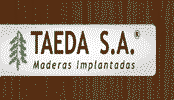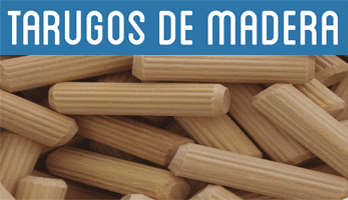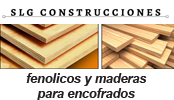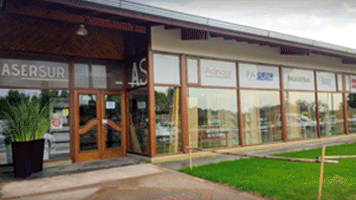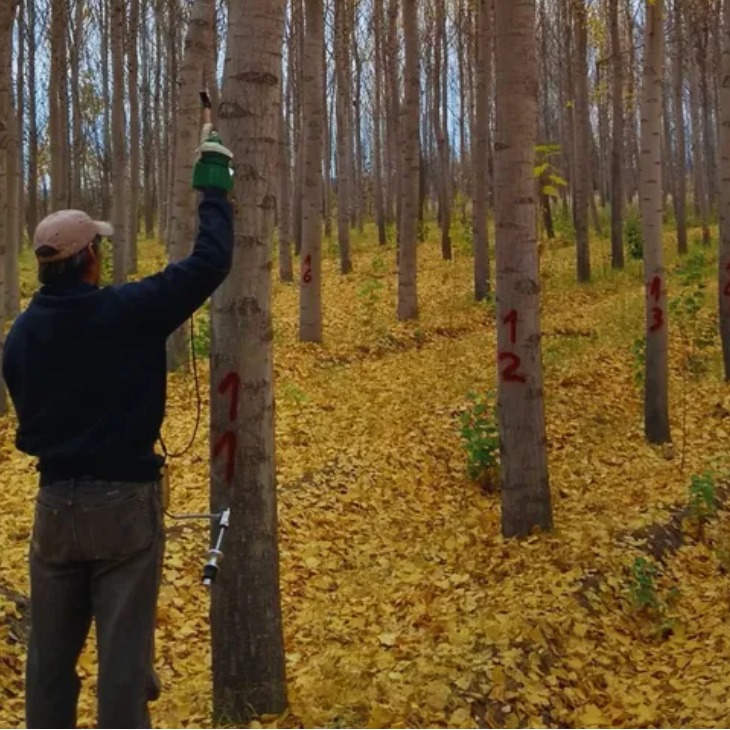
In Patagonia Norte they evaluate the quality of the wood of Álamos
A study of INTA determined that the wood of poplars produced in the northern valleys of Patagonia has characteristics for its use in construction.
The introduction of the poplars in the irrigated valleys of the north of Patagonia was carried out in order to cushion the impact of climatic conditions on the production and vegetable productive systems. Initially, Cortinas Rompevos were planted in the region and then forest massifs began to be established. In both cases, the production of wood was destined to the manufacture of Bins, pallets and drawers for the fruit industry. With the objective of valuing the available proximity resources, a team of INTA specialists - integrated by researchers from Bariloche and Alto Valle, Río Negro - evaluated the structural quality of poplar wood for use in construction systems. During the research project, the growth and mechanical properties of the wood of different species and clones of poplar was evaluated. The results showed that the wood of these trees meets the requirements established by national regulations to be used in construction structures. The poplar has proven to be a species with good growth conditions in the Patagonian valleys. However, not all clones present the same characteristics. Through this study we have been able to identify those who, in addition to growing rapidly, produce wood with desirable properties according to quality standards to be used in construction systems, explained Alejandro Martínez Meier, investigator of INTA Bariloche. The regulation of wood structures (CIRSOC 601) establishes that flexion resistance, the module of longitudinal elasticity in flexion and the density of the wood are analyzed to define their behavior in construction structures. In this sense, Juan Diez, a researcher at INTA Bariloche, said that the choice of the right clone, combined with good forest management practices, is essential to obtain wood with the desired properties. The results of this study enhance the production processes of construction in existing wood in the region, and at the same time open new perspectives for the improvement and development of the wood industry in Patagonia, offering sustainable alternatives from the use of renewable materials Regarding other construction materials. Thisban Thomas, researcher and extensionist at INTA Alto Valle It gathers all the desired characteristics such as good growth, tree shape and wood quality. The adequate choice of popular species and clones, in combination with good forest management practices, both in massifs and in breaking curtains, will allow to obtain higher quality wood to be used in the construction industry.
IT MAY INTEREST YOU
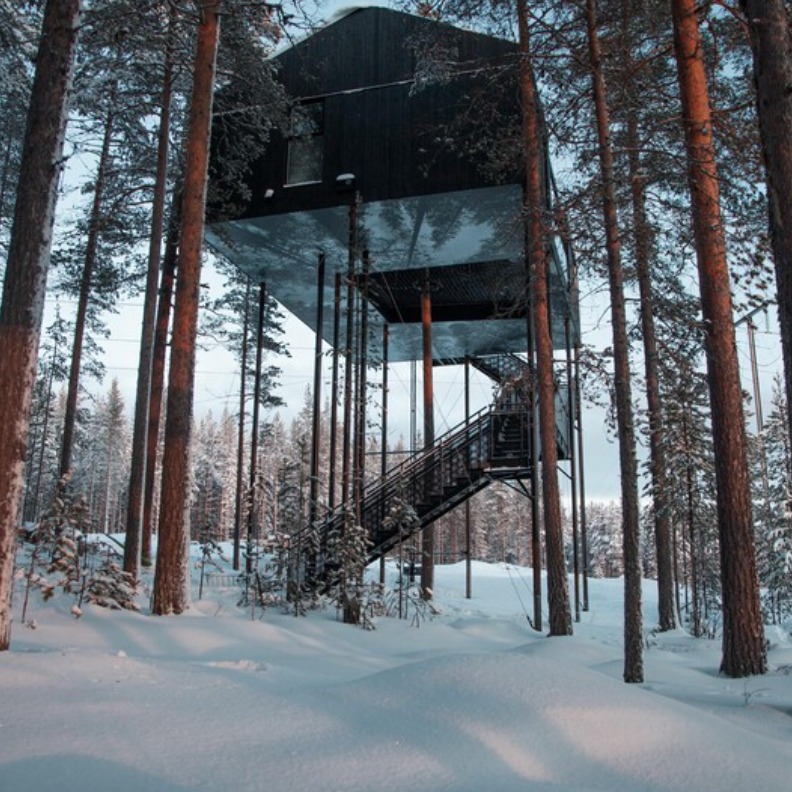 Build between branches: a sample of contemporary architecture of houses in the trees
Build between branches: a sample of contemporary architecture of houses in the trees
Despite their capricious appearance, houses in the trees offer a unique platform for structural innovations and design explorations.
 Towards responsible consumption in Argentina: PEFC launches its first virtual training program on Chain of Custody for forest products in 2025
Towards responsible consumption in Argentina: PEFC launches its first virtual training program on Chain of Custody for forest products in 2025
In a global context where responsible consumption and sustainability are increasingly relevant, PEFC Argentina and PEFC Uruguay present their first 2025 Virtual Training Program on custody chain for forest base products, which will begin on April 23, with a duration of four months. The initiative is aimed at technicians and professionals linked to the processing and elaboration of forest products. The program is tariff, and aims to acquire the necessary competences to implement the requirements of the PEFC certification scheme, which will allow companies to reach and maintain high international standards in traceability and sustainability. When we talk about custody chain we refer to the process that ensures that wood and other products from native forests, plantations and recycled materials are traceable, sustainable and from controlled sources, explained Florencia Chavat, executive director of Cerfoar - Pefc Argentina and one of those responsible for the course.
 Deadly combo
Deadly combo
The devastation of the natural forest not only occurs in Patagonia for fires. In the north of the country, deforestation advances because of a deadly combo: fire and unmoving clearing that causes companies to expand the agricultural border, especially for extensive livestock and soybean sowing.
